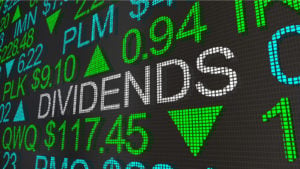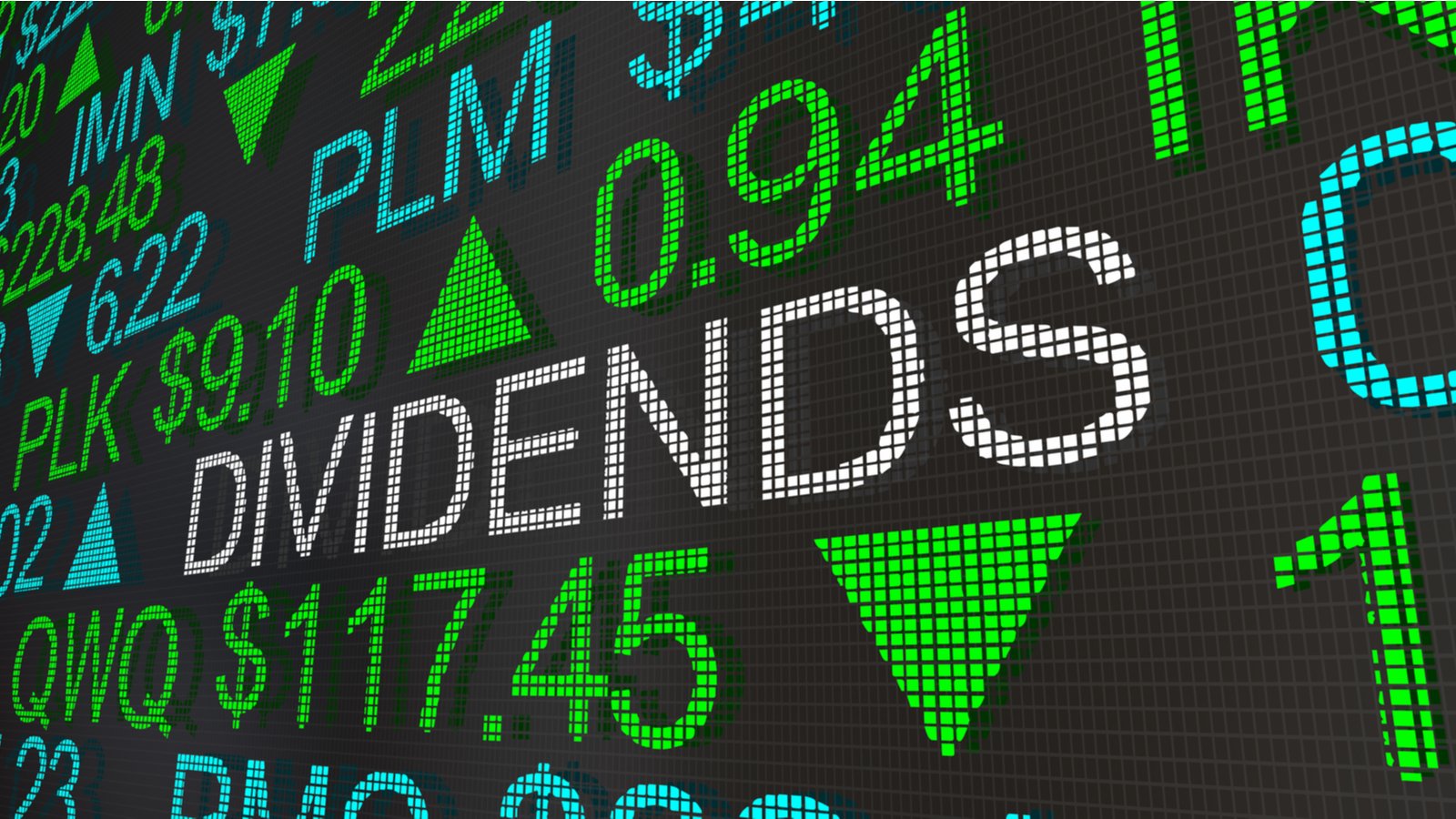To achieve dividend kings status, a company has to provide its shareholders a dividend increase for at least 50 consecutive years. This is no mean feat, but consumer goods companies may have an advantage.

Companies in the consumer staples sector sell everyday items, such as toothpaste, snacks, beverages and laundry detergent, that consumers need regardless of the state of the economy.
Consumer staples are among dividend growth investors’ favorites as they tend to generate predictable revenue and earnings results, albeit at a slow, but steady pace.
This article will compare two consumer staples giants, Coca-Cola (NYSE:KO) and PepsiCo (NASDAQ:PEP), who compete primarily with each other, to see which is the better buy today.
Dividend Kings Reigns Supreme
No other company in the world sells more non-alcoholic beverages than Coca-Cola, which sells around two billion servings every day. The company has more than 500 products in its portfolio and sells its items in more than 200 countries.
The nearly 140-year-old company has a market capitalization of $230 billion. Coca-Cola is also on the exclusive list of dividend kings, having raised its dividend payout for 59 consecutive years.
Coca-Cola has become the dominant force in non-alcoholic beverages by creating a wide-ranging portfolio of products that consumers seek out. The flagship Coca-Cola brand is the best-selling carbonated beverage in the world, but the company has many other products, such as Sprite and Diet Coke, that are also extremely popular with consumers.
This has allowed Coca-Cola to control more than 50% of the carbonated beverage market, an incredible figure given all the choices that consumers have in this category.
At the same time, consumer tastes have been in the midst of a sea change as they become more health-conscious and concerned with the amount of sugar in their diets. Soda consumption has declined for more than a decade. This headwind has been a significant factor in Coca-Cola’s stagnant growth over the last 10 years in which its earnings-per-share had a compound annual growth rate of just 0.5%.
All is not lost, however, as Coca-Cola has responded on multiple fronts. First, the company has made a real effort to offer items with lower sugar or zero sugar, appealing to consumers more concerned with the health impacts of what they eat and drink.
Coca-Cola has also made an investment in areas outside of carbonated sodas, such as adding coffee, tea and water brands to its portfolio. Coca-Cola is one of the world’s most recognizable brands and enjoys a premium position in carbonated soft drinks, but its market share in other beverage categories is quite low.
For example, the company estimates that it has less than 1% of the available market for hot beverages in the world. Hot beverages are estimated to make up more than 10% of beverage volumes worldwide, offering Coca-Cola an opportunity to greatly expand its market share in this category.
Coca-Cola has also divested its bottling operations, which caused a short-term decline in revenue but should allow for higher margins going forward. This was seen in 2020. Even though the Covid-19 pandemic was a major contributing factor to a double-digit revenue decline for the year, Coca-Cola’s operating margins increased 170 basis points to 29.6%.
A steady and durable business model has afforded Coca-Cola a long history of dividend growth. Coca-Cola has increased its dividend payments for 59 consecutive years, a longer growth streak than all but a handful of companies in the U.S.
The stock has a hefty yield of 3.2% today.
PepsiCo Plants Its Flag in Snacks
PepsiCo has its own impressive history among the Dividend Kings. The company has been in business since the late 19th century and has more than 20 brands that bring in at least $1 billion of annual revenue. PepsiCo has a current market capitalization of $196 billion.
Like Coca-Cola, PepsiCo is also a leading provider of soft drinks, with brands such as Pepsi and Mountain Dew, served around the world. The company also has a variety of non-carbonated beverages such as Tropicana, Gatorade and Pure Leaf teas. Despite a slowdown in soda consumption, PepsiCo’s beverage business has seen better results over the last few years.
PepsiCo also bounced back very quickly from the difficult conditions of 2020. In the 2021 first quarter, organic revenue increased 2.4% while adjusted earnings-per-share increased 14%.
Where PepsiCo differs from its chief rival is that it has a large snack and food business. In fact, snack and foods now make up more than half of PepsiCo’s sales every year. Frito-Lay products continue to be in high demand, though in the recent quarter volumes decreased 1% while organic revenue improved 3%. This segment had experienced several consecutive quarters of mid-single-digit growth previously.
In addition, the company’s Quaker Foods business has been a prime beneficiary of the pandemic as consumers have been forced to eat more meals at home due to social distancing restrictions. Sales for the segment, which had struggled previously, had high single-digit growth rate for most of last year.
To accommodate changing consumer tastes, PepsiCo has developed a line of “better for you” products. These are products with fewer than 70 calories from added sugar. These items have clearly resonated with consumers as they now contribute more than 40% of sales every year.
PepsiCo’s diversified business model offers some protection against one segment performing poorly.
PepsiCo has raised its dividend for 48 straight years, putting it very close to achieving dividend king status in its own right. PepsiCo has a slightly shorter history of annual dividend increases, and its 2.9% current yield trails Coca-Cola’s dividend yield by approximately 30 basis points.
However, PepsiCo’s dividend has grown at a higher rate than Coca-Cola’s. In the past 10 years, PepsiCo has a higher dividend compound annual growth rate of 7.1% compared to Coca-Cola’s dividend growth rate of 6% in that time. Shares offer a yield of 2.9% at present.
Ultimately, shareholders likely judge a stock by its returns. In the past 10 years, PepsiCo has delivered total annual returns of 11% including dividends, while Coca-Cola’s annual rate of return is a more modest 7.9%.
Final Thoughts
Investors often choose to invest in the consumer staple stocks due to the steady and slow growth that they provide along with dividends. Both Coca-Cola and PepsiCo have managed to pay and raise dividends through several challenging economic cycles, which speaks to each company’s business model strength under adverse conditions.
We expect that both of these dividend kings will continue to grow dividends as their products are used and trusted by consumers billions of times each day. As a result, both names a substantial competitive advantage to peers.
We believe that PepsiCo is the better-positioned of the two companies due to its snack business, which offers more diversity away from beverages. Even though Coca-Cola’s dividend growth streak is longer and its yield is slightly higher, PepsiCo has shown stronger growth in the past decade due to its high-growth snacks business, a trend we expect to continue moving forward.
On the date of publication, Bob Ciura was long PEP stock.
Bob Ciura has worked at Sure Dividend since 2016. He oversees all content for Sure Dividend and its partner sites. Prior to joining Sure Dividend, Bob was an independent equity analyst. His articles have been published on major financial websites such as The Motley Fool, Seeking Alpha, Business Insider and more. Bob received a bachelor’s degree in Finance from DePaul University and an MBA with a concentration in investments from the University of Notre Dame.
